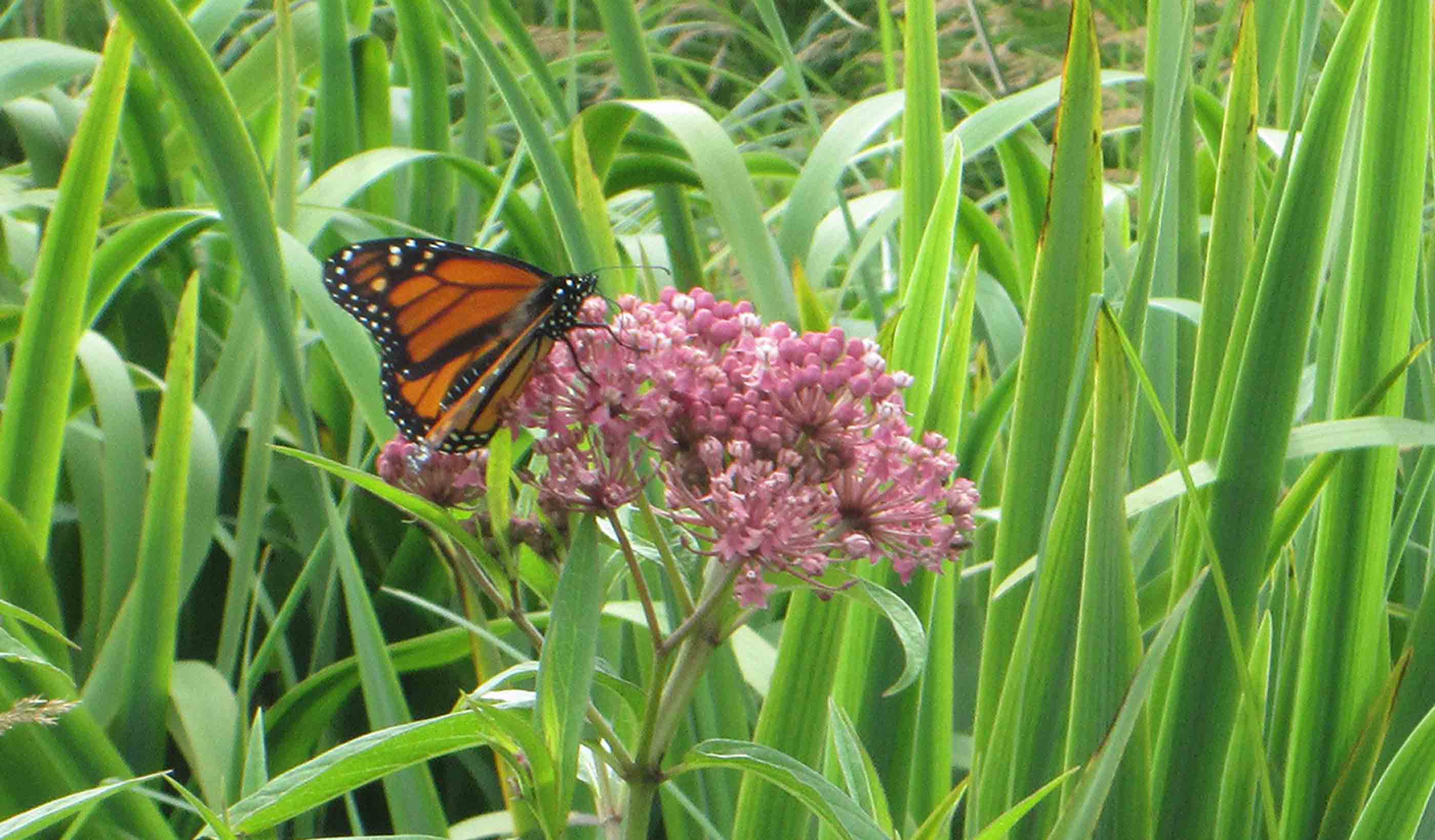How can utilities help solve the pollinator crisis?
February 23, 2018
February 23, 2018
Utilities should ask themselves three questions before committing to enhancing pollinator habitats: Why? What? Where?
Populations of pollinating insects are declining worldwide due to habitat loss, exposure to pesticides, and decline of nectar plants and host plants. Closer to my home in the Upper Midwest, populations of iconic species like the monarch butterfly and rusty patched bumble bee are crashing. Pollinating insects play a crucial role in both human food systems and natural ecosystems, and many plant species are unable to pollinate without the assistance of pollinating insects.
In response, numerous and varied stakeholders across North America have emerged to determine means of reversing population declines of pollinating insects. This is crucial because the collapse of pollinators is an “all hands-on deck” crisis. One of the key stakeholder groups to step up has been the electric utility industry. Electric transmission line and pipeline rights-of-way (ROWs) owned or managed by utilities offer tremendous potential for pollinator habitat enhancement on the landscape. Due to their linear configuration, ROWs can act as pollinator and wildlife corridors, connecting larger blocks of habitat.

Pollinator habitat rights-of-way beneath transmission lines offer tremendous opportunity for enhancement.
When most people see this question, they may think, “Well, it’s the right thing to do.” The immediate follow-up question is: Are you committed to this cause?
My team worked with Commonwealth Edison (ComEd), an Exelon Utility in Illinois, and their decision to enhance pollinator habitat along its ROWs was an easy one. ComEd has a long history of incorporating habitat protection and enhancement into the management of its ROWs—it has restored hundreds of acres of natural prairie habitat in Illinois since the inception of its Prairie Program in 1994. Accountability, sustainability, engagement, and risk management are key drivers of Exelon’s corporate environmental policy. Leading the charge on pollinators will enhance ComEd’s status as an environmental leader in the industry, allow it to develop new partnerships and strengthen existing ones, and empower it to remain proactive regarding potential future regulatory actions on threatened and endangered species.
Rights-of-way owned or managed by electric and pipeline utilities offer tremendous potential for pollinator habitat enhancement on the landscape.
Restoration on a large scale can be costly and time consuming, and our work with ComEd led to exploring strategic ways to improve ROWs for pollinators effectively and efficiently in partnership with conservation organizations, other utilities, and government agencies.

Monarch butterflies need milkweed to survive. Shifting landscape is one cause of the decline of nectar plants and host plants.
To define what a pollinator enhancement project should look like, we reviewed relevant literature to develop a working definition of pollinator habitat. We identified larval host plants, nectar and pollen resources, minimized use of pesticides, minimized disturbance during active periods (may include mowing and herbicide), and habitat connectivity as key factors.
As a next step, our team of ecologists determined metrics for measuring site success. The goal of any pollinator enhancement project is a significant increase in pollinator-friendly plants and a strategic schedule of vegetation maintenance activities to minimize disturbance.
Arguably, any land can be converted or restored to enhance pollinator habitat. But where on the landscape should utilities spend money to get the most conservation bang for their buck?
We helped ComEd answer the “where” question by modeling landscape characteristics with Geographic Information Systems (GIS) and field verifying identified sites. GIS was used to determine where, in ComEd’s service territory, existing pollinator habitat was likely to be found and where opportunities for pollinator habitat enhancement existed. Using information gleaned from scientific literature, we constructed two GIS models focused on the federally listed rusty patched bumble bee and at risk Lepidoptera (butterfly and moth) species, including the monarch butterfly. One model helped identify sites with potentially existing suitable habitat for the target species; the other model helped identify sites having enhancement opportunities within ComEd’s service territory. The models integrated GIS layers such as land cover, soil texture, protected areas, and host plants.

Multiple sites exhibited high potential for long-term pollinator habitat enhancement success. Pictured above is the rusty patched bumble bee habitat enhancement model.
The resulting suitability “heat” map layers were loaded into web maps, which became excellent visualization tools to study the landscape of ComEd’s ROWs. We identified potential “Pollinator Program” sites via desktop assessment and then performed a field review at 13 sites to determine whether ground conditions matched model output. Multiple sites exhibited high potential for long-term pollinator habitat enhancement success and are being considered for restoration and management.
With their combined network of managed ROWs, electric and pipeline utilities across North America are uniquely positioned to help solve the pollinator crisis. My team is here to help utilities answer the critical questions of why they should focus on pollinator conservation, what pollinator habitat enhancement should look like, and where pollinator habitat enhancement makes sense along the ROW. Thoughtful answers to these questions will help us protect pollinators for years to come.